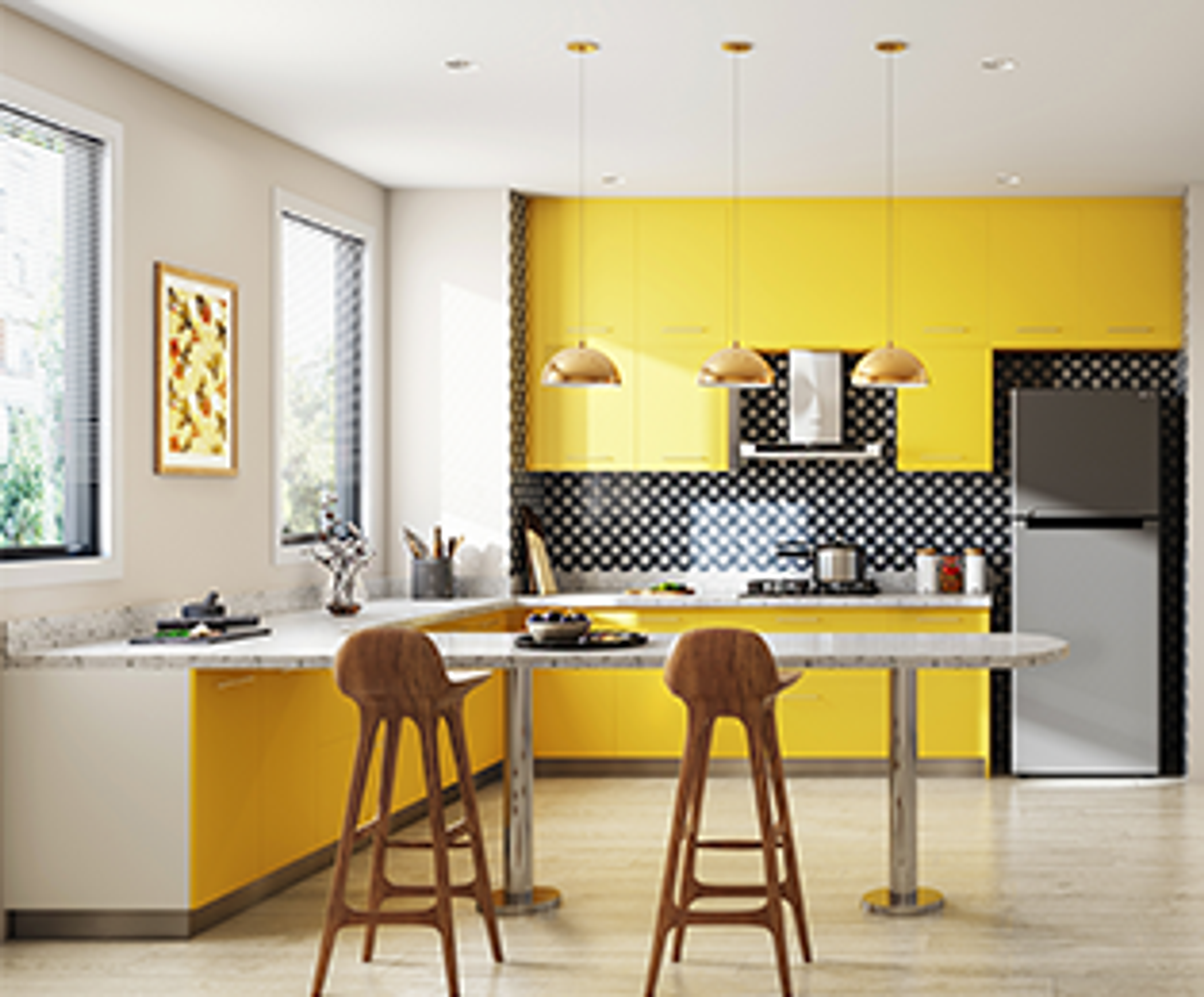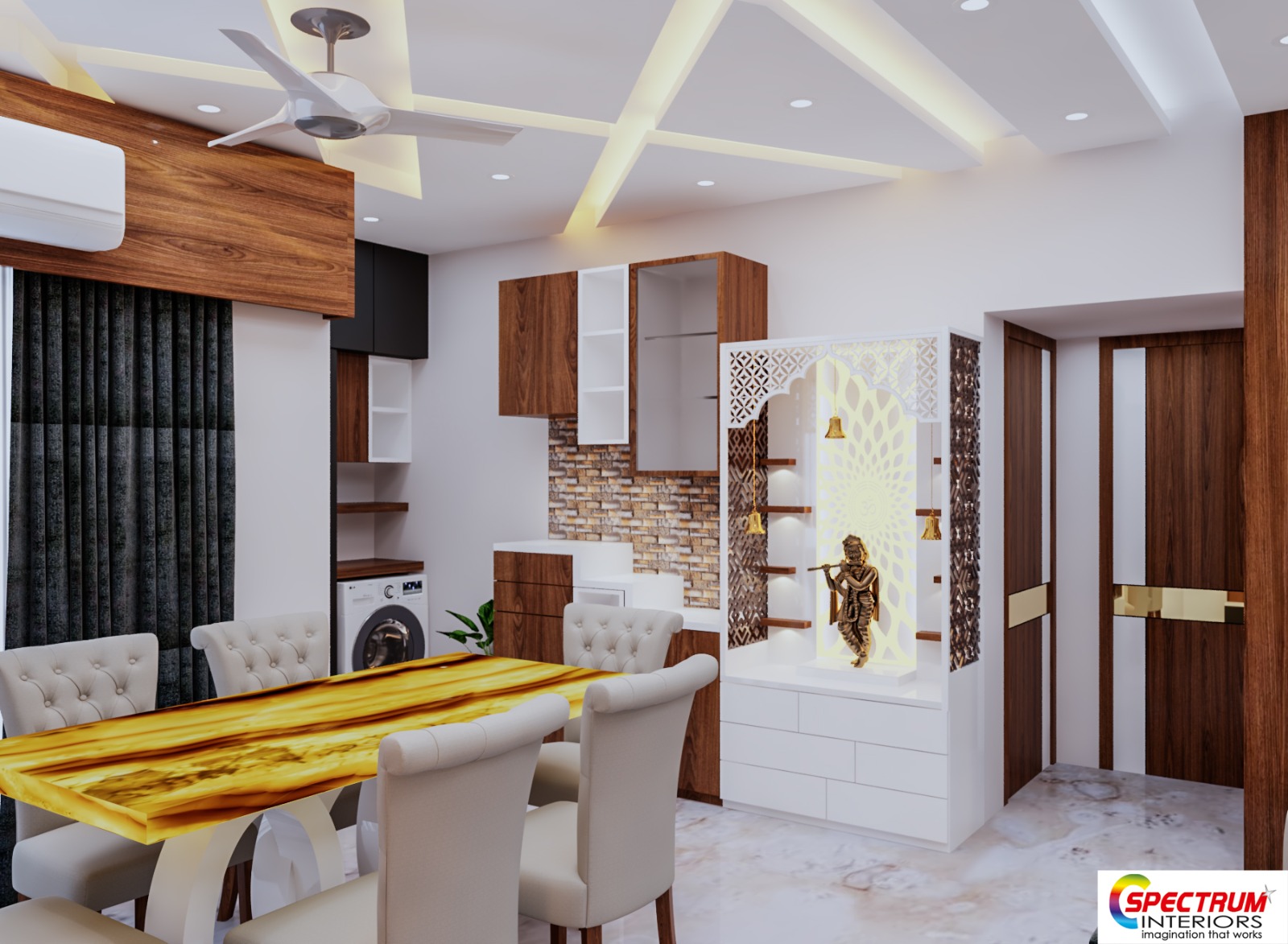Find top miami interior design professionals for customized luxury spaces.
Transform Your Home With Necessary Concepts of Interior Style and Looks
By understanding the influence of shade theory and the significance of texture and patterns, one can produce areas that are not only aesthetically attractive but additionally deeply individual. Achieving this equilibrium entails more than plain decor; it includes a calculated plan and a keen understanding of just how each aspect communicates within a room.
Comprehending Shade Theory
Color concept is a fundamental facet of interior layout that substantially influences state of mind, understanding, and overall visual. Understanding the principles of shade theory permits designers to develop areas that reverberate emotionally with occupants while satisfying functional needs (luxury interior design). Shades can be categorized into 3 primary kinds: key, additional, and tertiary. Each group plays a critical function in developing harmony within an area.
The emotional impact of colors is extensive; warm colors such as reds and oranges stimulate power and warmth, while trendy tones like blues and eco-friendlies promote peace and peace. The use of corresponding shades boosts aesthetic interest, creating striking contrasts that can raise a room's charm.
Neutral colors, on the other hand, offer as a flexible background, enabling various other layout components to radiate. It is important to consider variables such as lighting and the room's purpose when selecting a color palette, as these can modify the perception of colors throughout the day.
Ultimately, a well-considered color pattern can change a room, cultivating a sense of comfort and design that straightens with the citizens' choices. Mastery of shade concept is, therefore, a vital ability for any kind of indoor designer intending to develop unified and inviting environments.
Achieving Equilibrium in Style
How can developers achieve a feeling of stability in their rooms? Accomplishing equilibrium in style is basic to producing unified insides.
Asymmetrical equilibrium, on the other hand, counts on differing components that still attain a cohesive appearance. This method permits for more vibrant and informal plans, supplying interest while preserving equilibrium. By thoroughly picking differing sizes, colors, and textures, designers can create a visually compelling room that feels balanced yet energised.
Radial balance highlights a main centerpiece with aspects emitting outward. This style is generally seen in circular designs, where furnishings and decor create a cohesive border that attracts the eye inward.
Eventually, attaining equilibrium requires thoughtful consideration of scale, percentage, and the partnerships in between elements. interior design firms. By skillfully using these balance concepts, developers can change rooms right into environments that really feel both aesthetically pleasing and functionally harmonious, enhancing the general experience for passengers
Relevance of Spatial Recognition

An eager sense of spatial awareness allows designers to identify prime focus within a room, directing the customer's focus to vital features while keeping an overall sense of unity. It also aids in the tactical placement of illumination, which can drastically affect the assumption of area and state of mind. Comprehending spatial relationships enables the designer to provide to the certain requirements of residents, guaranteeing that each area offers its designated function without compromising visual appeals.
Ultimately, spatial recognition is critical for making best use of the possibility of any type of interior space. By meticulously taking into consideration the interaction in between measurements, design, and function, developers can produce atmospheres that not only fulfill functional demands yet additionally evoke a sense of convenience and charm, enhancing the total living experience.
Integrating Texture and Patterns
Welcoming a diverse range of appearances and patterns can considerably enhance the aesthetic and tactile allure of an interior room. The tactical use numerous products-- such as timber, steel, fabric, and stone-- develops depth and interest, making an area feel extra look at this web-site inviting and vibrant. Incorporating smooth surface areas with rough structures can develop a balance that draws the eye and involves the detects.
When including patterns, take into consideration both scale and repeating. Huge patterns can act as centerpieces, while smaller sized, refined designs can match various other elements without overwhelming the room. Layering patterns, such as pairing flower cushions with candy striped throws, includes complexity and a feeling of consistency if performed attentively.
It is additionally crucial to maintain a natural shade scheme, ensuring that appearances and patterns collaborate instead of contend for interest. By choosing a couple of crucial textures and patterns, you can develop a linked visual that shows your personal style while improving the overall ambiance of the area. Inevitably, the cautious consolidation of these elements can change an ordinary area into a sophisticated setting abundant with character and heat.
Personalizing Your Room
Developing an area that reflects your individuality is crucial to accomplishing a really inviting setting. Customization in interior layout permits you to infuse your unique design and rate of interests into your home, changing it from a simple shelter right into a shelter that talks with who you are. Begin by selecting a color scheme that resonates with your feelings-- strong hues can invigorate, while soft tones use harmony.
Incorporate artwork and decoration that show your passions, whether it be traveling, nature, or abstract ideas. Showing individual collections, such as publications, pictures, or mementos, can stimulate treasured memories and create centerpieces within a space. Furthermore, consider personalizing functional items, like upholstered furniture, to line up with your visual preferences.

Conclusion
To conclude, the change of a home via the crucial principles of interior decoration and visual appeal demands an extensive understanding of shade concept, balance, spatial recognition, texture, and personalization. Each component contributes substantially to producing a harmonious and functional living atmosphere - luxury interior design. By thoughtfully incorporating these concepts, people can boost the aesthetic appeal and emotional resonance of their spaces, eventually promoting a home that reflects special identifications while giving comfort and usefulness